The unchecked malady of police brutality in India
Police brutality in India is a form of institutional violence as it is closely connected with law enforcement and torture is perceived as an expeditious method of policing, writes Rahul Machaiah for South Asia Monitor

In June 2020, the news of the horrendous custodial deaths of P. Jayaraj and his son J. Bennix in Tamil Nadu left many Indians shaken. There were protests in the district of Tuticorin and significant outrage on social media. The federal probe agency Central Bureau of Investigation (CBI), which was handed over the case, arrested the policemen accused of torturing the duo but none of them has been convicted yet.
Almost exactly a year later, 50-year-old Roy D'Souza succumbed to grievous injuries allegedly inflicted on him by eight policemen in Karnataka. Roy, a mentally ill person was thrashed by the police on June 10, 2021, after he allegedly attacked a constable. The autopsy revealed more than 30 wounds on his body and badly damaged vital organs. As of 6 July, the accused constables have not been arrested.
Both these cases are just the tip of the iceberg. In India, police brutality is a perennial problem. In the last decade, there have been more than 1000 deaths in police custody. The National Human Rights Commission opined that most of these deaths were caused by torture and many of the victims committed suicide as they could not withstand it.
A report by the National Campaign Against Torture revealed that the police readily use barbaric methods of physical assault including hammering nails into body parts, inflicting burn injuries and administering electric shocks. Police stations are not the only sites of brutality as it is rather common for the police to brazenly torture protesters, curfew violators, etc, in full public view.
Institutional violence
It would be deeply fallacious to view police brutality as sporadic acts of a few violent policemen who are the 'bad apples' in the department. Police brutality in India is a form of institutional violence as it is closely connected with law enforcement and torture is perceived as an expeditious method of policing.
For instance, custodial deaths and non-fatal custodial violence usually occur when the victims are being interrogated in police stations. The zeal to instantly solve cases motivates the police to torture suspects till they confess as opposed to fastening guilt by collecting evidence in the form of incriminating materials, etc. Similarly, the police force finds violent methods such as baton charges expeditious and convenient to disperse protesters, even when they do not pose a threat to public order.
The fact that police brutality disproportionately affects certain groups such as Muslims, tribes, etc clearly suggests personal prejudices of policemen have translated into institutional bias against these groups. Once it is institutionalized, it can affect even those personnel who did not join the force with these prejudices in mind.
Therefore, a biased and violent system encourages the actors within it to behave violently and violence gets reproduced perpetually.
Tacit support of officers, government
One of the reasons for police brutality thriving unabated is tacit support from the senior officers and the government. Except when police brutality results in death, policemen guilty of torturing citizens are usually punished under service law and rarely are they prosecuted under criminal law. This suggests that police brutality is often perceived merely as an abuse of power and not as a crime.
During the Covid-19 prompted lockdown in India, many policemen were seen mercilessly thrashing alleged violators. While some of the policemen were suspended after the videos of their acts went viral, there is no data that suggest that all these policemen were criminally prosecuted.
Most forms of police brutality amount to cognizable offenses and ideally, the senior officers should not wait for the victims to officially complain. Despite this, very few policemen get prosecuted for their violent behavior.
The National Crime Records Bureau data indicate a huge difference between the cases of custodial deaths and the number of cases registered against policemen in connection with these fatalities. Even when cases were registered, very few policemen were arrested and eventually convicted.
A major problem is the lack of impartiality in the probes against police brutality. Departmental inquiries against violent policemen are conducted by police officers themselves. Agencies such as the State Human Rights Commissions and the Police Complaints Authority are often short-staffed and virtually defunct, and thereby fail to monitor the probes. There have also been instances of the state governments ignoring the recommendations of the SHRCs.
Equivocal public response
According to the directions of the Supreme Court and the NHRC, custodial deaths are not supposed to be investigated by the local police. Such cases are to be investigated by agencies such as the Criminal Investigation Departments or the Central Bureau of Investigation. However, in many cases, the local police destroy evidence much before the formal investigation begins. There have also been instances of witnesses being dissuaded by the policemen. These factors adversely affect the sanctity and accuracy of the investigation.
Custodial violence which does not result in death is usually probed by the local police themselves and the first casualties are impartiality and fairness. Judicial delays and long-drawn trials add to the victims' misery and weaken the sting of criminal law.
Apart from the systemic issues, the malady of police brutality has been exacerbated by the response of the public. While ghastly instances like the torture inflicted on Jayaraj and Bennix are widely condemned, there is hardly any outrage against the barbaric treatment meted out to alleged Naxal extremists and suspected terrorists.
Policemen are often cheered for resorting to violence and adopting extra-legal methods of law enforcement. The hypocritical and equivocal public attitude towards police brutality in India has generated a narrative that police brutality is at times a necessary evil.
Acts of police brutality ought to be treated as abhorrent crimes even when lives are not lost. It is ignominious that the adoption of the constitution has meant little for the police force which continues to function as a vestige of unbridled colonial power.
(The writer is a practicing lawyer in India. The views expressed are personal. He tweets @rahulmachaiah)




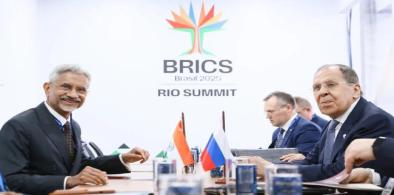
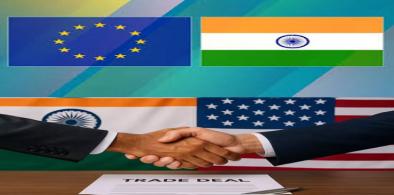

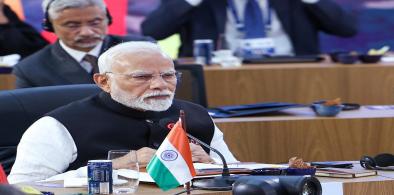

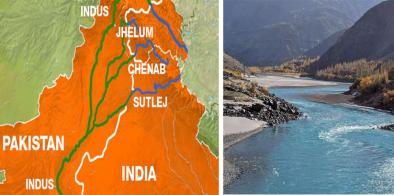
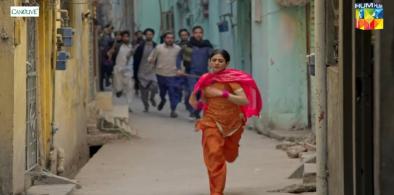


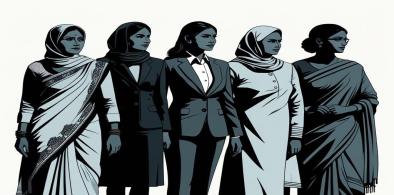

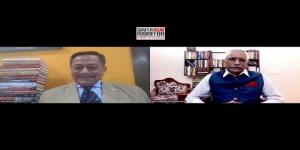




Post a Comment